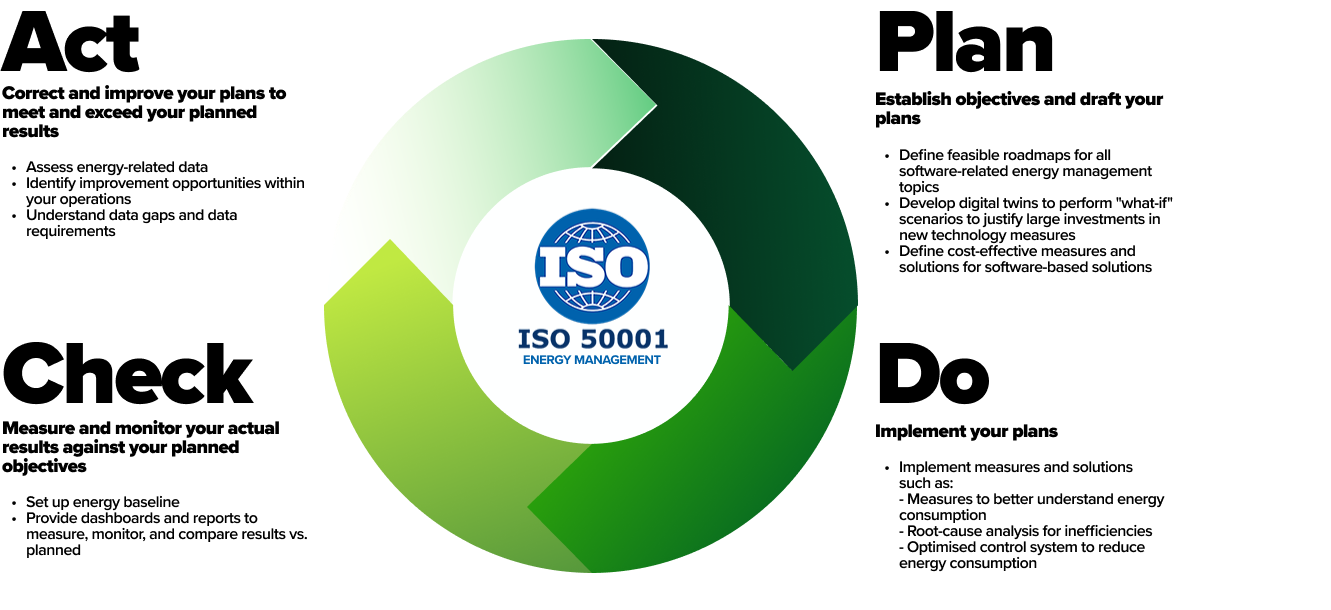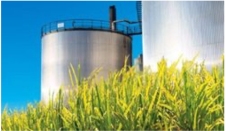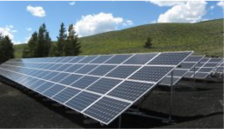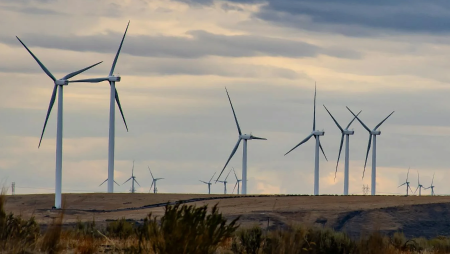Unlocking ROI: Empowering Energy and ESG Optimisation Through Data-Driven Strategies
SoftServe recently had the honour of presenting at an exclusive Chief Wine Officer event in London, and we're thrilled to share some of the key takeaways with you. Grab a glass, and let's delve into the transformative power of data and learn how it can foster a sustainable future for all.
The drive to meet ESG, sustainability, and energy usage targets is intensifying across industry sectors and within individual countries, fueling a sense of urgency. Regulations, like the U.K.'s Net Zero Strategy: Build Back Greener policies to decarbonise all sectors of the U.K. economy by 2050, are leading the movement.
The conversations during the networking event were focused on how organisations are using data-driven strategies and cultivating shared commitments to achieve these goals. From the boardroom to the individual, data is leading the way. There was a lot of enthusiasm when discussing strategies for achieving targets, like reducing energy costs and consumption and contributing to a sustainable future.
Of particular interest was how other organisations achieved remarkable results after implementing a data-driven strategy. Read on to gain insight into how your organisation can implement similar strategies to unlock their benefits.
Use a data maturity model to determine your roadmap to success
We presented our model during the evening as an example of how to tackle some of these challenges. By following this model or a similar one, you can gradually build on optimising your energy and ESG programmes, resulting in faster and greater sustainability impacts.
Data Maturity Model

Energy Consumption Measurement and Reporting: This initial stage focuses on accurately measuring and reporting energy consumption data and implementing monitoring systems to capture energy usage and generate regular reports.
Energy Consumption Analytics and Forecasting: Moving beyond basic reporting, this stage involves analysing energy consumption data to gain a deeper understanding of patterns, trends, and inefficiencies. Analytics identify areas for improvement and enable forecasting of future energy consumption.
Predicting: Building upon the analytics stage, predictive models are developed to anticipate energy usage patterns and potential inefficiencies, enabling proactive decision-making and resource allocations to optimise energy usage and drive cost savings.
Adaptive and Prescriptive Optimisation: This advanced stage leverages data-driven insight to prescribe optimised energy and environmental, social, and governance (ESG) strategies. Simulation techniques are used to identify the most effective strategies for maximising ROI and achieving sustainability goals.
Adapting: In this final stage, the system becomes autonomous and self-optimising. Machine learning algorithms and advanced automation enable the system to dynamically respond to energy demand fluctuations and environmental changes.
Tips for setting up your energy management strategy
Adopting relevant standards to use as a framework, such as ISO 50001, is necessary for building an energy management programme. Using software to implement your programme plays a crucial role in continuously improving and optimising your energy and ESG programme performance.
Purpose-built software solutions provide organisations with the tools to collect, analyse, and interpret energy consumption data in real time. Then the software platform facilitates using the data to incorporate energy management practices into existing operational processes, allowing organisations to streamline data collection, automate reporting, and implement targeted energy efficiency measures.
Once you have the standards and software in place, here are some general guidelines.

Examples of successful energy management projects
During the Chief Wine Officer presentation, we shared real projects and their impressive results.
Case Study: Energy Optimisation in the Paint Booth
Business problems
The client, a car manufacturer, faced challenges with energy efficiency in their painting operations. The processes relied on fresh air intake, making them vulnerable to weather conditions. This reactive approach led to increased energy consumption, inefficiencies, and a lack of control.
The solution
SoftServe proposed an AI-based solution for proactive and automated control of the paint booth. It involved a machine learning model to link air flow characteristics to equipment actions and energy consumption. The solution discovered optimal settings and ensured efficient control while complying with safety standards.
The ESG and energy conservation results
SoftServe's AI-based solution achieved significant results by:




Case Study: Simulating and Optimising the Energy Value Chain for Maximising Sustainability
Business problem
A European food producer with a yearly revenue of 4 billion euros needed a solution for strategic energy management. They aimed to minimise energy costs, mitigate price fluctuations, utilise green energy resources, and sell excess energy to the grid.

The solution
SoftServe developed a solution to effectively simulate various energy generation scenarios, considering numerous variables. The solution offered powerful visualisation capabilities, providing insight into each scenario's key performance indicators (KPIs).

The ESG and energy conservation results
The solution’s new capabilities to run various “what-if” scenarios:




These examples of successful energy management projects shared during the Chief Wine Officer event serve as inspiration, showcasing the tangible results achieved through data-led strategies.
Businesses can effectively measure, analyse, and optimise their energy consumption and ESG practices by embracing data maturity models, adopting relevant standards, and leveraging purpose-built software solutions.
Let's continue the conversation and explore how a data-driven approach can help your organisation achieve its sustainability goals.

